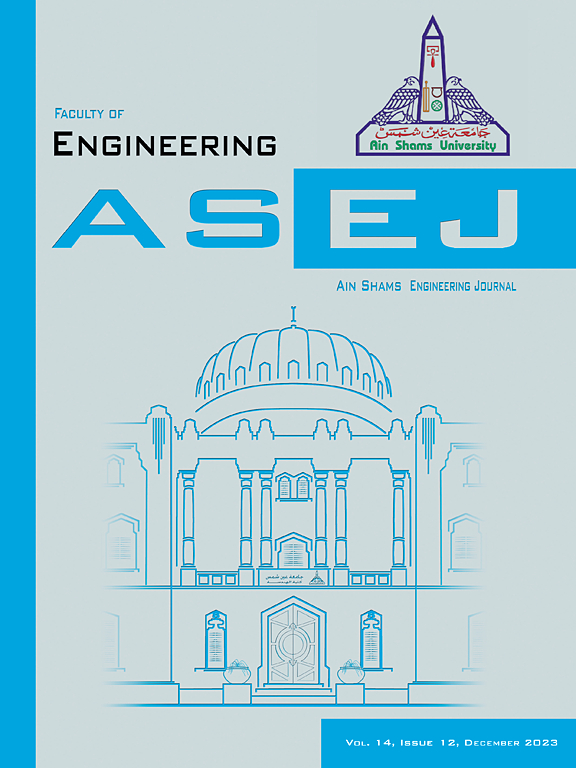Development of a novel wireless telemetric brain stimulator for behavioral studies in rodents
IF 6
2区 工程技术
Q1 ENGINEERING, MULTIDISCIPLINARY
引用次数: 0
Abstract
Brain simulators are moving the field of neuroscience at a rapid pace due to their wide applicability in treating neurodegenerative disorders. Although continuing advances in the field have made significant breakthroughs, most brain simulators remain too expensive for general clinical applications We developed a user friendly, cost effective, multi-channel wireless brain stimulator that delivers output with high precision. The multichannel output of this device makes it amenable to conducting behavioral studies on different regions of the brain in rodents. The efficacy of our head-mountable device is substantiated by conducting intracranial and intracortical experiments in rats. We tested the output of the device by changing the ifrequency (100 Hz–400 Hz), amplitude, pulse width and current (10 µA – 1 mA) of the stimulator by altering the ON time period of the pulses and resistor values. We have defined optimum frequency (140 Hz) for the intracranial experiment and lower and upper threshold currents for the intracortical experiment. The successful feasibility of this device has been demonstrated invivo in rats and invitro in saline solution. Real-time experiments like Intracranial Self Stimulation (ICSS) and Intracortical Microstimulation (ICMS) tests were successful during the animal experiment to evaluate this brain stimulator. Our device has widespread applicability in conducting behavior-based studies and deriving insights into various mechanistic pathways in rodent brain.
求助全文
约1分钟内获得全文
求助全文
来源期刊

Ain Shams Engineering Journal
Engineering-General Engineering
CiteScore
10.80
自引率
13.30%
发文量
441
审稿时长
49 weeks
期刊介绍:
in Shams Engineering Journal is an international journal devoted to publication of peer reviewed original high-quality research papers and review papers in both traditional topics and those of emerging science and technology. Areas of both theoretical and fundamental interest as well as those concerning industrial applications, emerging instrumental techniques and those which have some practical application to an aspect of human endeavor, such as the preservation of the environment, health, waste disposal are welcome. The overall focus is on original and rigorous scientific research results which have generic significance.
Ain Shams Engineering Journal focuses upon aspects of mechanical engineering, electrical engineering, civil engineering, chemical engineering, petroleum engineering, environmental engineering, architectural and urban planning engineering. Papers in which knowledge from other disciplines is integrated with engineering are especially welcome like nanotechnology, material sciences, and computational methods as well as applied basic sciences: engineering mathematics, physics and chemistry.
 求助内容:
求助内容: 应助结果提醒方式:
应助结果提醒方式:


